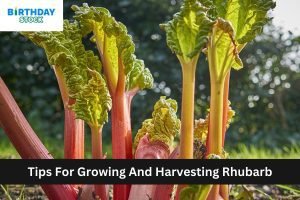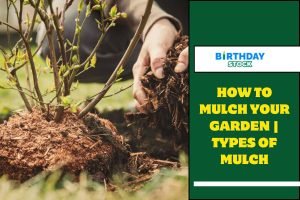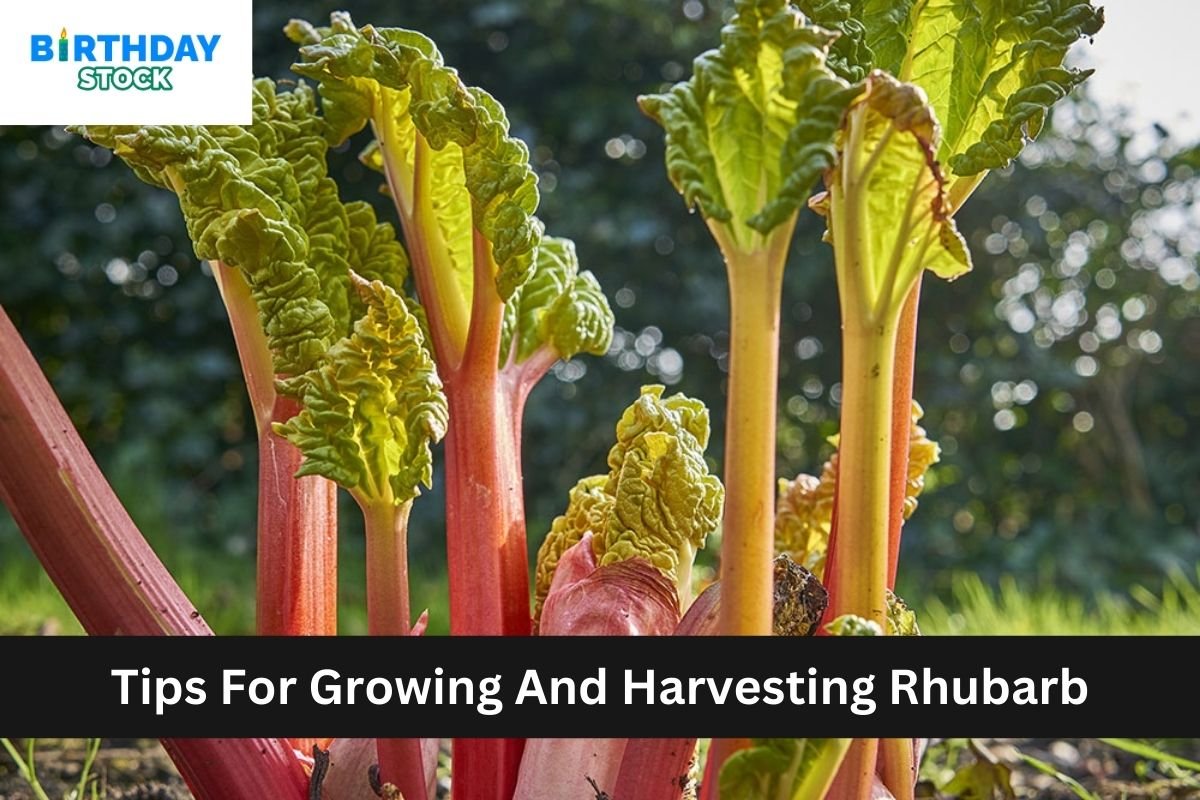How to Grow Hollyhocks (Alcea) in Your Flower Garden :- Vintage flowers, hollyhocks are emblematic of the “cottage garden” aesthetic. Hollyhocks, which are noted for their height, produce colourful walls.
How to Grow Hollyhocks (Alcea) in Your Flower Garden
Growing Tips for Hollyhocks
A classic example of a “cottage garden” plant, hollyhocks bloom throughout the summertime. For several days, flowers open from the base of the flower stem and move upward. Plants appear to bloom for months on end because to tall spires of many blossoms that can reach heights of 4 to 6 feet.
Author and horticulturist Joseph Tychonievich declares, “I’m a huge fan of hollyhocks!”
“They’re an inexpensive way to cover a garden because they’re so simple to grow from seed, and bees and other pollinators adore the flowers.”
Are Hollyhocks Annuals or Perennials?
The majority of plants we cultivate are hybrids of Alcea rosea, which are either biennials or short-lived perennials. In their first year, biennial plants produce foliage; in their second year, they blossom and generate seeds. Since these plants easily self-seed, new plants appear to grow every year, giving the impression that they are perennials.
Additionally, there are smaller varieties that are grown as annuals and bloom in the first year. True perennials are only a few species.
ALSO SEE
When and Where to Plant Hollyhocks
Direct sow seeds outside in early June, or a few weeks past the typical last frost date. Press a few seeds, spaced approximately two feet apart, into moist soil in a full sun area with well-drained soil that is rich in organic matter. Plant one seedling every two feet by thinneling the seedlings as they grow. The plants typically don’t require staking. Groups of them planted along walls or fences, or at the back of perennial borders, look particularly lovely.
Once every flower has flowered, the flower stalk can be cut off, but deadheading the blossoms is not necessary. Fertilisation should take place at the start of the growth season, not in the summer.
Gardeners should cut down any growth to the ground, bag it, and discard it every year following the first frost of the autumn season. The chance of fungus spores overwintering in the garden is decreased when plant waste is bagged rather than added to the compost pile.
Do Hollyhocks Attract Pollinators?
Flowers attract bees, butterflies, and hummingbirds. Birds eat the seed and deer are not interested in these plants.
Pests and Diseases
Heat and humidity make rust a prevalent fungal illness. The tops of lower leaves develop orange and yellow rust patches. As the illness advances, leaf undersides develop brown to red pimples. This is ugly and stunts growth but seldom kills the plant. Rust can spread to other hollyhock and mallow plants, but not to unrelated plants.
“The one downside, in my experience, is rust,” says Joseph. “Every species I’ve tried, even rust-resistant ones, rusts. To disguise the rust, I cultivate them in the back of a bed with other plants.”
Good gardening methods including appropriate spacing, air circulation, not watering overhead or at night, and removing affected leaves immediately can help prevent fungal diseases. Local conditions affect rust-resistant cultivars. Fungicides can prevent rust, but they cannot cure it.
The plants attract Japanese beetles, weevils, and sawflies, which are “foliage eaters.” All three eat vegetation but can be hand-picked and dropped into a pail of soapy water.
Varieties of Hollyhocks to Grow
Colours include red, pink, purple, yellow, white, and “black” (dark purple) in single or double flowers. In the 1800s, English horticultural William Chater created the most popular strain. Chaters have double flowers in various colours. Biennials are short-lived perennials.
Jelitto Perennial Seeds breeders created the single-bloomed Spotlight series: Blacknight (black but dark purple), Mars Magic (bright red), Polarstar (white with a yellow eye), and Sunshine.
The Halo series by Thompson & Morgan has huge, solitary flowers with multicoloured centres. Both perennial series flower first year.
Rust-resistant species include fig-leaf (A. ficifolia) and Russian. Fig-leaf has been mated with A. rosea to generate more colours, however it may not be as rust-resistant. Think of producing Happy Lights (yellow, red, purple, salmon) and Las Vegas (brown to red, pink to white, yellow to copper). Russian hollyhocks only bloom yellow.
The Queeny series, Spring Celebrities Mix, and Majorette Mix dwarfs have double flowers and grow 2–3 feet tall.















